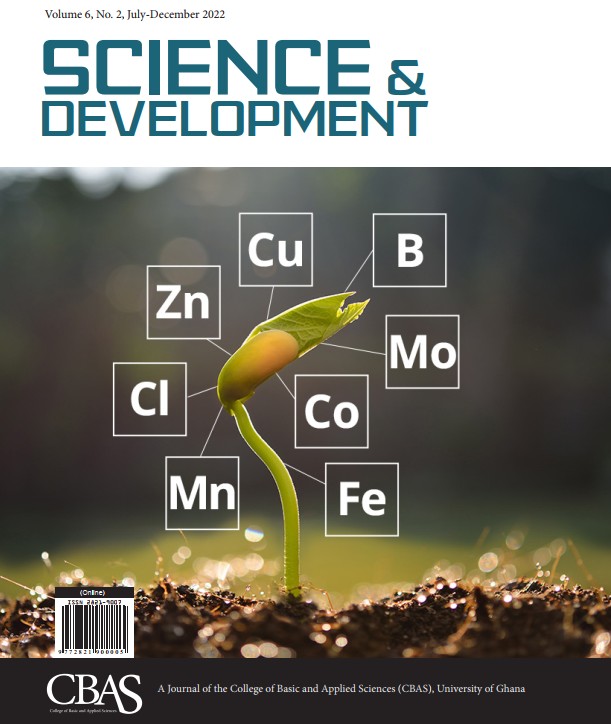The Significance of Carbonates in Gold Mineralization Process of the Ashanti Gold Belt: Evidence from the Country Rocks of Ashanti and Prestea Gold Mines, Ghana
Abstract
Mineralogical and textural changes which occurred in the country rocks (Sedimentary and volcanic rocks) following their deposition in the early Proterozoic resulted in the development of new minerals, disappearance of pre-existing minerals or recrystallization of the pre-existing minerals which led to the formation of siderite and ankerite among others. Electron microprobe analysis was carried out on carbonates in country rocks from Ashanti and Prestea mines of the Ashanti gold belt of the Birimian in southern Ghana. Results showed that the carbonates formed at about 350°C in the country rocks are probably related to hydrothermal activity which caused the alteration of these rocks. The alteration processes involved in the transformation were sulphidation, sericitization, rutile formation, silicification, carbonation, carbonitization and chloritization and some of these processes were related to major gold mineralization in the country rocks. The high content of Fe and Mg carbonates suggest the abundance and critical role of these minerals in the gold formation as this could be a factor in the abundance of Fe related minerals that contain gold in the country rocks.



